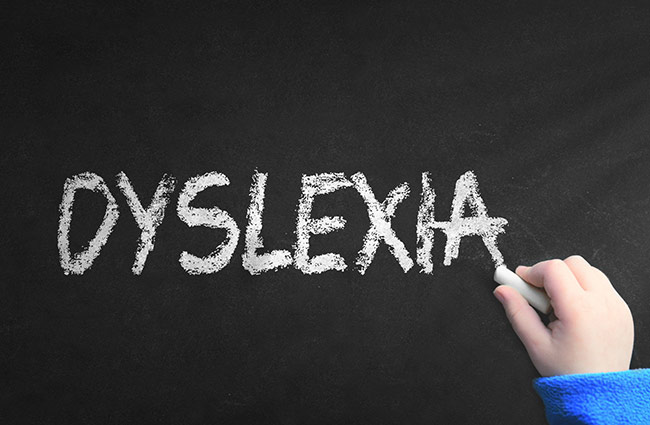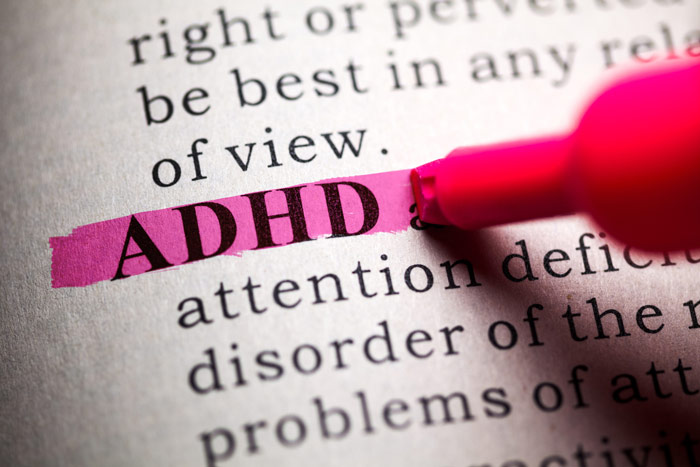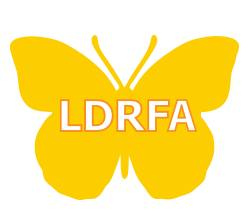What Is a Learning Disability?

A learning disability is a neurological disorder. People with learning disabilities may have difficulty reading, writing, spelling, reasoning, recalling and/or organizing information with working memory.
According to the National Institute of Neurological Disorders and Stroke (NIH) learning disabilities affect the ability:
Learning disabilities are disorders that affect the ability to:
- Understand or use spoken or written language
- Do mathematical calculations
- Coordinate movements
- Direct attention
Having a learning disability does not imply a person’s lack of intelligence. It is important to note that learning disabilities are distinct from other forms of learning problems related to emotional, motor skills, vision, or hearing impairments, as well as intellectual or developmental disabilities.
While a learning disability cannot be fully cured, early intervention and support within the educational system can enable individuals to manage their condition and thrive both in school and beyond.
Parents, teachers, and tutors can assist children and adult students with learning disabilities by fostering their strengths, recognizing their weaknesses, nurturing their talents, and teaching them to advocate for themselves. Identifying and providing appropriate accommodations to the curriculum and incorporating assistive technology are also key elements in the path towards success within the educational system.
Learning Disabilities Statistics and Facts
- According to The State of LD by the National Center for Learning Disabilities, 1 in 5 Americans, has some type of learning disability.
- 4 million children younger than 18 have learning disabilities in the United States. (Source: Cross River Therapy)
- In USA, the top most common forms of learning disabilities are: Dyslexia (5 to 17%), Dysgraphia (7 to 15%), Dyscalculia (5 to 7%) (Source: Healthline).
- 7.2 million, or 15% – The number of students ages 3–21 of all public school students who received special education services under the Individuals with Disabilities Education Act (IDEA) (Source: National Center for Education Statistics)
Additional Learning Disabilities Online Resources
Dyslexia

Dyslexia is a brain-based type of learning disability that specifically impairs a person’s ability to read, recognize words or spell. It affects as many as 1 in 5 students.
These individuals typically read at levels significantly lower than expected despite having normal intelligence. Although the disorder varies from person to person, common characteristics among people with dyslexia are difficulty with phonological processing (the manipulation of sounds), spelling, and/or rapid visual-verbal responding. Other symptoms include difficulties in language skills, writing, and pronouncing words. There is significant difficulty in identifying the separate speech sounds within a word and/or learning how letters represent those sounds, especially in vowels.
Dyslexia affects individuals throughout their lives however, with appropriate teaching methods, dyslexics can learn successfully.
Dyslexia Facts
- Over 40 million American Adults are dyslexic – and only 2 million know it (Source: Austin Learning Solutions)
- 70-80% of people with poor reading skills, are likely dyslexic. (Source: Dyslexia Center of Utah)
- Dyslexia affects (5 to 17%) of children in US. (Source: Healthline)
Additional Dyslexia Online Resources
ADHD (Attention Deficit Hyperactivity Disorder)

Attention-deficit/hyperactivity disorder (ADHD) is a brain disorder marked by an ongoing pattern of inattention and/or hyperactivity-impulsivity that interferes with functioning or development.
Inattention and hyperactivity/impulsivity are the key behaviors of ADHD. Some people with ADHD only have problems with one of the behaviors, while others have both inattention and hyperactivity-impulsivity. Most children have the combined type of ADHD.
It is normal to have some inattention, unfocused motor activity and impulsivity, but for people with ADHD, these behaviors:
- Are more severe
- Occur more often
- Interfere with or reduce the quality of how they function socially, at school, or in a job
- Interfere with or reduce the quality of their performance and work
ADHD Facts
- According to the CDC, around 8.8% of people ages 3 to 17 years in the US were diagnosed with ADHD at some point. This includes 11.7 percent of males and 5.7 percent of females. (Source: Healthline)
- Currently, 6.1 percent of American children are are being treated for ADHD with medication. (Source: National Library of Medicine).
- An estimated two million more US children aged 4–17 years had been diagnosed with ADHD in 2011, compared to 2003. (Source: National Library of Medicine).
- 6 million (9.8%) of US children have been diagnosed with ADHD (using data from 2016-2019)
– 3–5 years: 265,000 (2%)
– 6–11 years 2.4 million (10%)
– 12–17 years: 3.3 million (13%)
(Source: Center for Disease Control and Prevention) - Boys (13%) are more likely to be diagnosed with ADHD than girls (6%). (Source: CDC)

